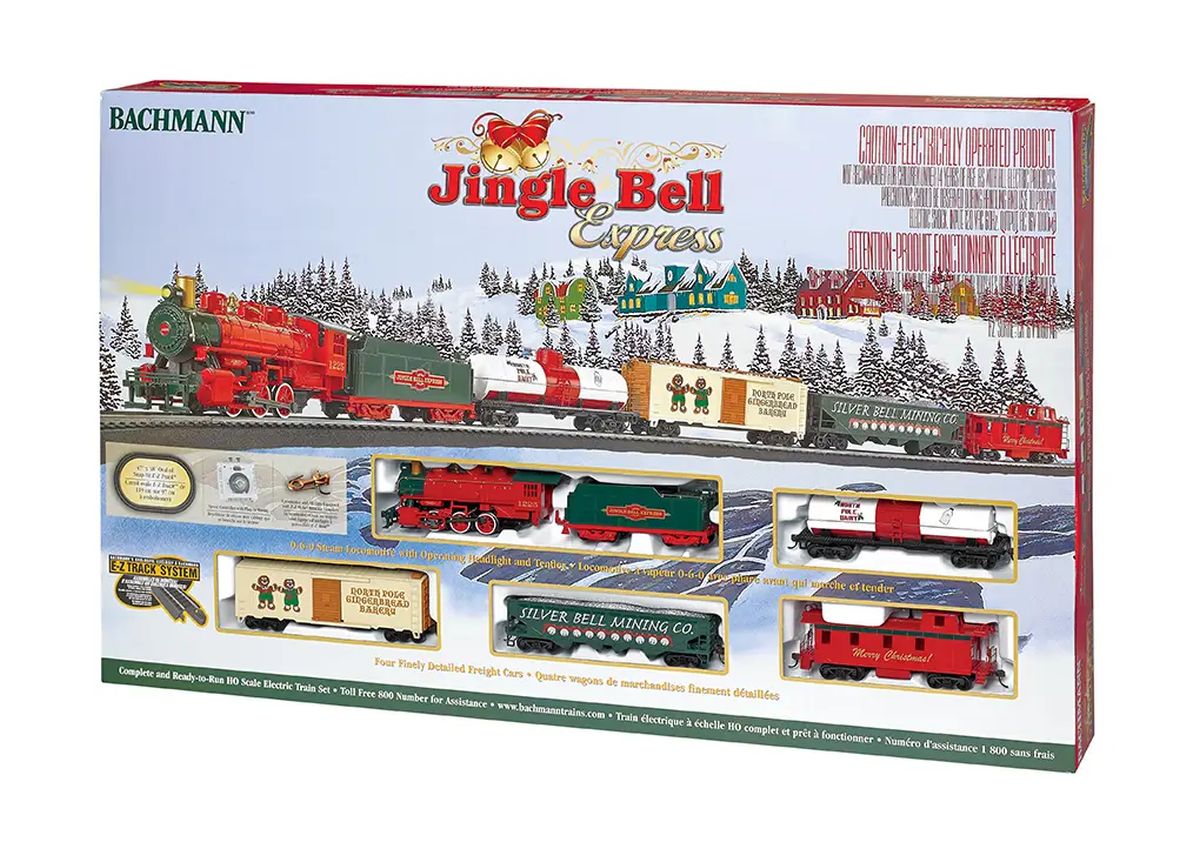
O Orient Express 2-3-1 Pacific Steam Loco/3.0/Hi-Rail
the late 1800s, train travel across Europe was a messy affair. At each
national border, passengers got off one train, walked across the
border, and climbed aboard another. Like George Pullman in the United
States, Belgian George Nagelmackers dreamed of something better: a
rolling hotel in which travelers could sleep, eat, and relax from one
end of their journey to the other. In 1883, the Orient Express made the
dream a reality: a single train from Paris to Romania (and within a few
years, from Paris to Istanbul), with rolling stock supplied by
Nagelmackers’ Compagnie Internationale des Wagons-Lits et Grandes
Express Europeens (wagon-lit being French for sleeping car). Only the
locomotives were changed as the OrientExpress rolled across no less
than seven national borders on its three-day journey.
From 1889 to 1977, with
interruptions for two world wars, the Orient Express ran from Gare de
l’Est station in Paris to Sirkeci Terminal on the Golden Horn, the
gateway to Asia. After the 12-mile-long Simplon Tunnel was opened under
the Alps, a second, more southerly route was added in 1919: the Simplon
Orient Express via Milan, Venice, and Trieste. The train, of course,
got caught up in the politics of the regions through which it ran and
became a setting for international intrigue, mystery, and romance-more
so in fiction than in fact. The Orient Express’ screen credits include
the James Bond film From Russia With Love and, most famously, movie and
print versions of Agatha Christie’s 1934 novel Murder on the Orient
Express. The long, dark passage through the Simplon Tunnel, of course,
has been a favorite setting for nefarious events.
Add a touch of color, mystery,
and intrigue (but hopefully not murder) to your own railroad with our
first-ever M.T.H. model of a European prototype. This engine replicates
the French Pacific (2-3-1E wheel arrangement in French parlance, which
counts axles rather than wheels) that hauled the Orient Express from
Paris to the French border in the period between the world wars. The
sound set in this fully featured Premier model includes a European
whistle and station announcements in English and French.
Tender Body
Motor
Decorative Bell
Scale MPH Increments
Conversion Capable
ProtoSmoke System
Coupler
Proto-Sound 3.0 equipped
locomotives can be controlled in command mode with any DCC compliant
command control system. While the user won’t have access to all of the
incredible features of Proto-Sound 3.0, independent control over the
locomotive is possible. This means you can continue to use your
existing DCC controller to independently control your other DCC
equipped locomotives in addition to your Proto-Sound 3.0 locomotive on
the same track at the same time.
When using a DCC
controller, the following Proto-Sound 3.0 locomotive features are
accessible:
- (F0) Headlight on/off
- (F1) Bell on/off
- (F2) Whistle/Horn on/off
- (F3) Start-up/Shut-down
- (F4) PFA initiate and
advance - (F5) Cab Light on/off
- (F6) Engine Sounds on/off
- (F7) Volume low, med,
high, off - (F8) Smoke on/off
- (F9) Forward Signal Sound
- (F10) Reverse Signal Sound
- (F11) Coupler Slack Sound
- (F12) Grade Crossing
- (F13) One-Shot Doppler
on/off - (F14) Extended Start Up
- (F15) Extended Shut Down
- (F16) Labor Chuff
- (F17) Drift Chuff
- (F18) Smoke Volume low,
med, high - (F19) Single short whistle
toot - (F20) Coupler Close
- (F21) Feature Reset
- (F22) Idle Sequence 1
- (F23) Idle Sequence 2
- (F24) Idle Sequence 3
- (F25) Idle Sequence 4
- (F26) Brakes auto/off
- (F27) Cab Chatter auto/off
- (F28) Clickety-Clack
auto/off - With The Digital Command
System Featuring: Quillable Whistle With Passenger Station
Proto-Effects - Unit Measures:23 1/4 x 2
5/8 x 4 - Operates On O-42 Curves
Featured Products
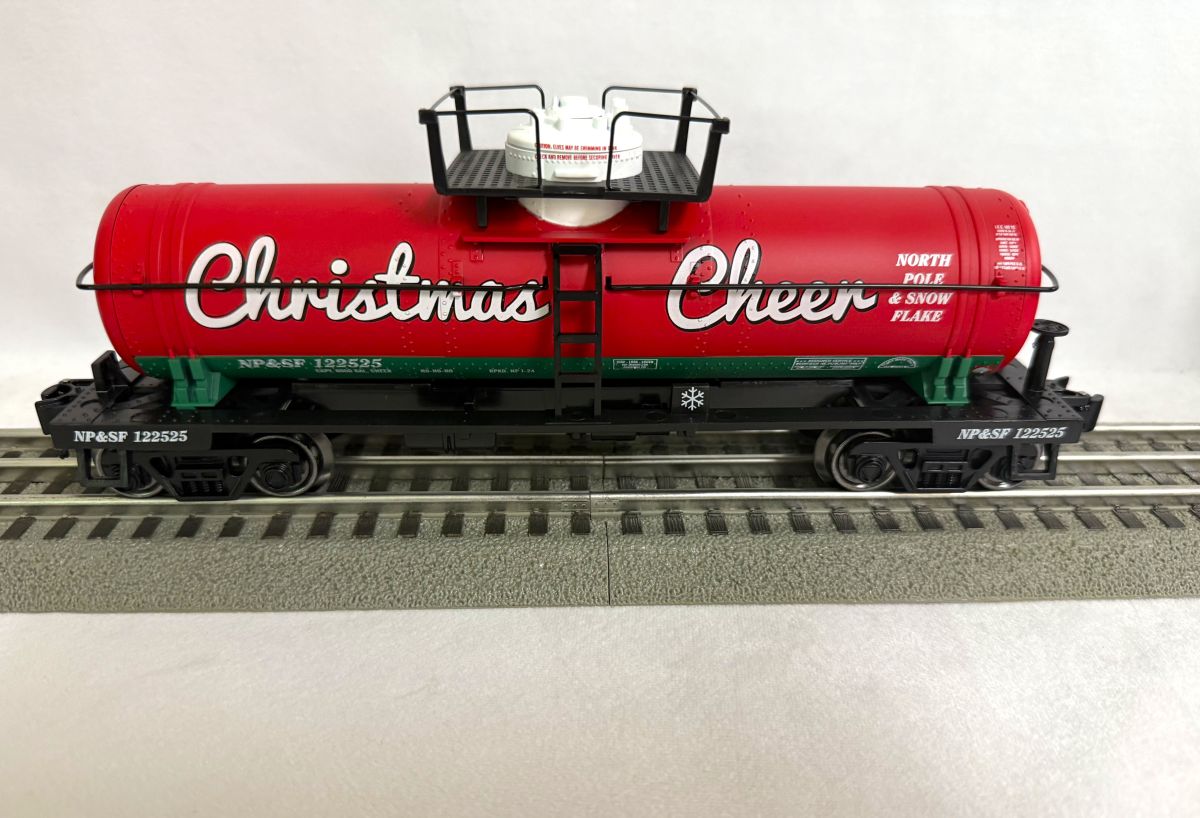
O Tank Car Christmas Cheer
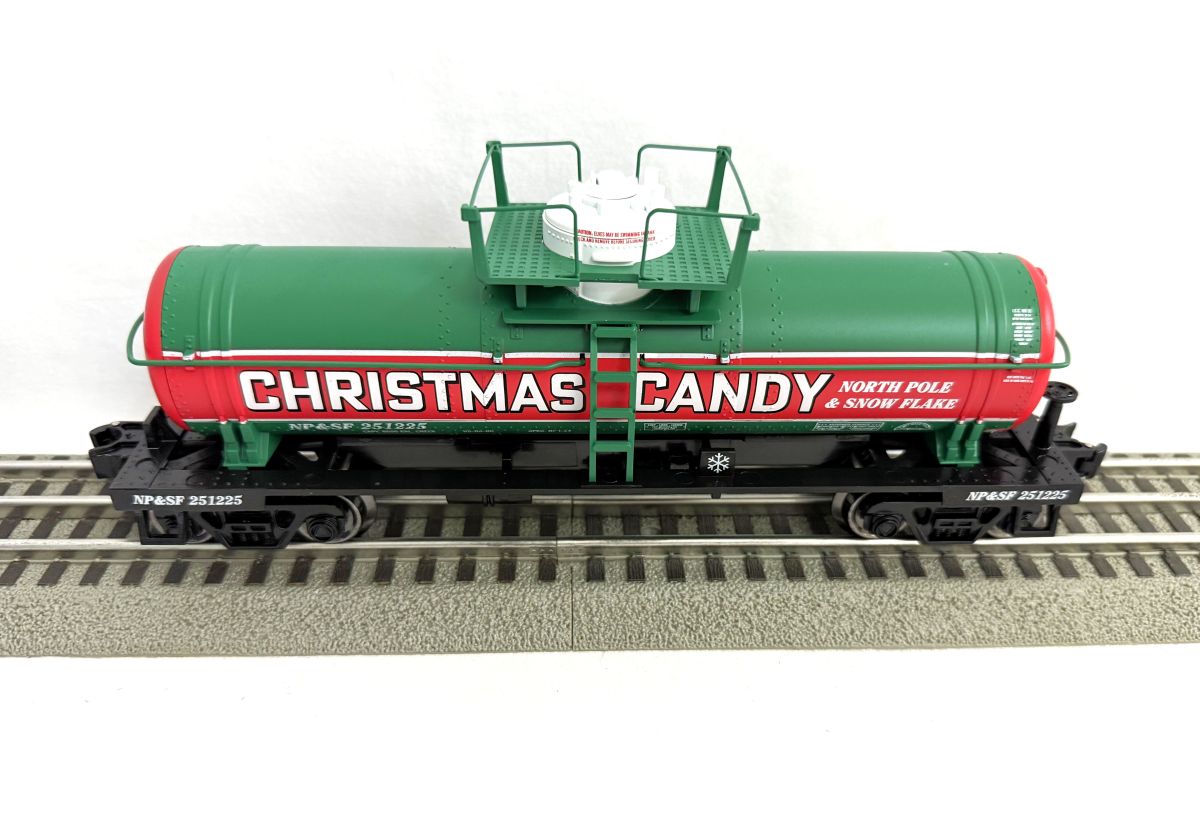
O Tank Car Christmas Candy

McLaren F1 MCL38 #4 Senna Monaco 2024
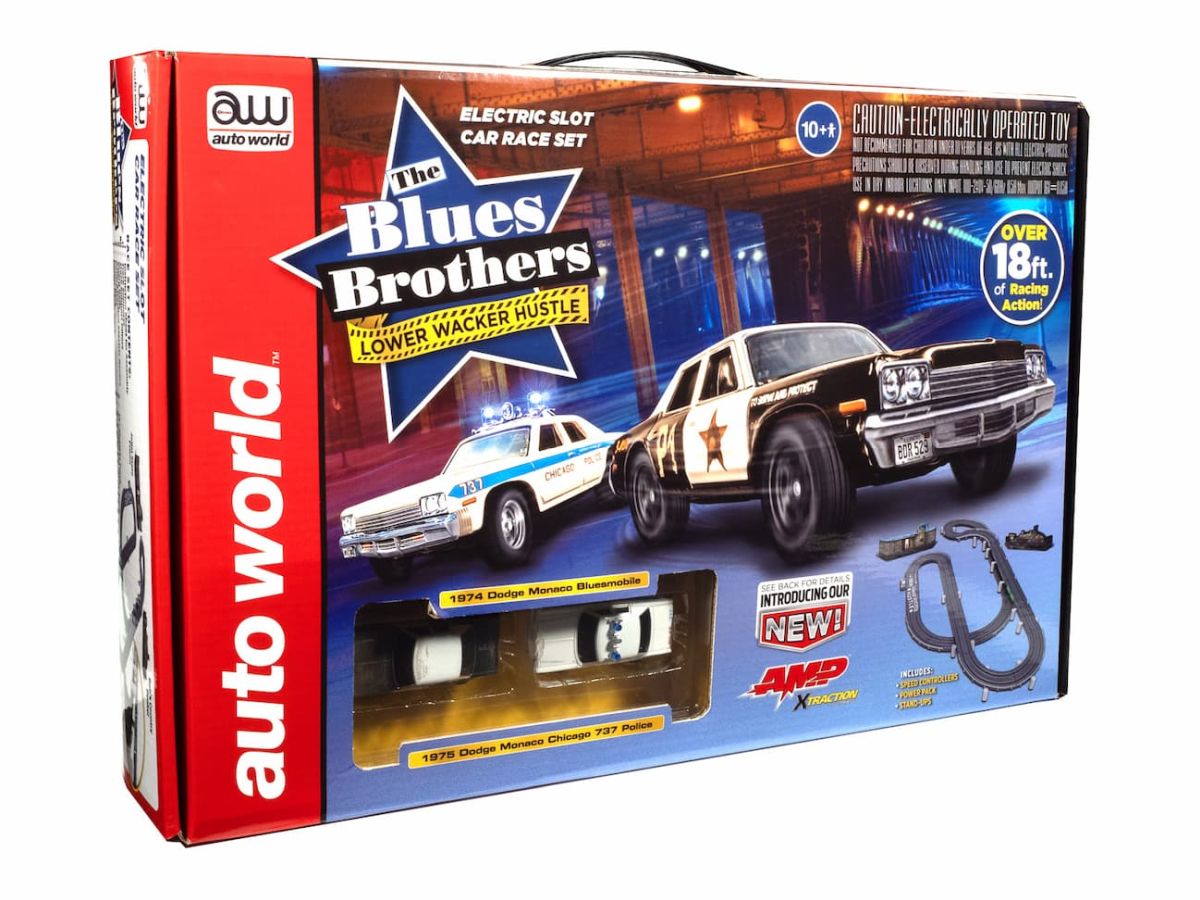
TARIFF 18′ Blues Brothers Lower Wacker Hustle Slot Race Set

Wash Away Paint Remover

Buffalo Snow Flurries Extra Fine

70 Shelby Gt-500 Skill 4

TARIFF 2013 Chevy Camaro ZL1 Skill 2

TARIFF 1969 Hurst Oldsmobile Cutlass Skill 2
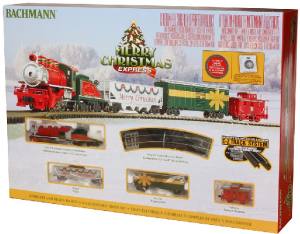
N Merry Christmas Steam Freight Set/0-6-0
